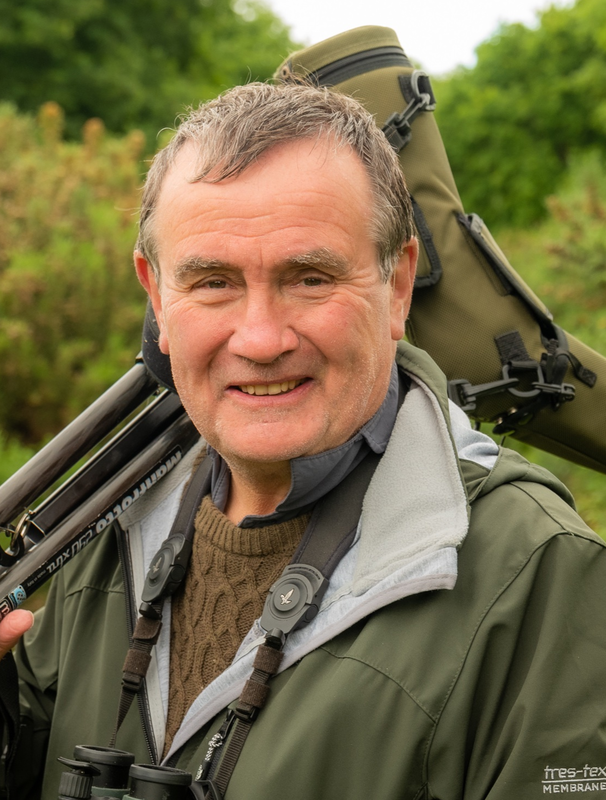
The information board about these enclosures reads -The locality of Chipiona is known, amongst other attractions, for its traditional fishing and fish-rearing corrals; enclosed areas made of porous stones from the sea or sedimentary rocks formed from sea shells, connected by goose barnacles, oyster shells and limpets, which act as a natural mortar. The traditional shell-fishermen make use of them at low tide to catch fish and shellfish.
Situated at the mouth of the River Guadalquivir, one of the most important estua- ries in the Peninsula because of its great ecological diversity, the corrals of Chipiona have been in use since time immemorial. It is believed they are of Roman origin, but they may have been constructed by previous civilizations.
The corrals fill and empty according to the tides. They are connected to the sea by a series of closed pipes with gratings, which allow the water to flow in and out, but stop the fish from getting out at low tide.
At present the Hondo, Chico, Canalete del Diablo and Mariño corrals are still pre- served on the Camaron-Tres Piedras beach, as are the Nuevo, Cabito and Trapillo on the las Canteras beach, the Longuera on del Muelle beach, and the Montijo corral on Montijo beach. Their vast size gives them an appearance of great solidity, but in fact they are fragile structures due to the traditional nature of their construction, and they are easily damaged by the force of the sea or human activity.
The fishing technique developed in these corrals is respectful of the natural environment and follows a series of norms of conservation. Each corral has a 'catador' who is responsible for its management and maintenance. This 'catador', like the traditional fishermen, makes use of certain implements; a fija' (an iron implement with a trident on one side to spear the fish and a hook on the other side to get them out of the cavities), a francajo' (similar to the fija but with a wooden handle) or a 'cuchillo de marea' -tide knife, (with the appearance of a sabre, although lacking a sharp edge)
The corrals constitute an ideal habitat for a wide variety of species of fish and in- vertebrates, notable amongst which are the large fish (Stone Bass, Sea Bass, Pomfrets, etc) and other species such as the Cuttle Fish, Sea Urchins, Crabs and Shrimps, it is a spawning ground for them, a refuge during the juvenile period, and feeding ground.
The towns third claim to fame is that it was a victim of a tsunami caused by 1755 Lisbon earthquake. The Lisbon earthquake is largely forgotten today but at the time it had a profound impact not only physically but also politically and philosophically spawning, amongst other things, Voltaire's morality tale, Candide. However, the people of Chipiona have longer memories than most since not only is there a memorial to the event on the promenade but also the place is dotted with signs indicating the best escape route should another tsunami occur. Cautious folk these Chipionites!
We left Chipiona at dawn full of hope and high expectations but our optimism proved to be misplaced as ours was one of the few trips this autumn that failed to score a storm-petrel of any kind or any of the less common shearwaters or skuas.
The official tally as published on e-Bird was as follows:-
2 Little Swift
8 Ruddy Turnstone
4 Great Skua
5 Arctic Skua
4 Audouin's Gull
28 Yellow-legged Gull
200 Lesser Black-backed Gull
1 Common Tern
10 Sandwich Tern
4 Cory's Shearwater
7 Balearic Shearwater
18 Gannet
1 Little Egret
14 Glossy Ibis
1 Hoopoe
2 House Sparrow
I'm not sure who did the tallying but it seems a pretty accurate record although I had at least 6 Little Swift (all distant) and would put the number of Audouin's Gulls (and possibly skuas) somewhat lower. It's notoriously difficult to estimate the number of birds in these circumstances and my caution stems from noticing a distinctively marked immature gull that drifted in and out of the boat's wake at intervals (20-30 mins) throughout the trip. The big disappointment was that for the second year in a row the chum failed to draw any birds in (although it worked on a small shark!). On the other hand, close views of "Cory's" Shearwater allowed me to note the distinctive features of Scopoli's Shearwater for the first time and honestly tick the species/subspecies. This ID was backed by Michael Bergman's excellent photos (who has kindly allowed me to reproduce them here).
I'll be back next year when I hope that the chum does its job and gives me the close-up encounter with storm-petrels that I desire.

 RSS Feed
RSS Feed
